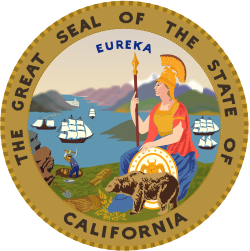| Archibald v. Braverman | |
|---|---|
 | |
| Court | California Court of Appeals |
| Full case name | Joan Archibald, Plaintiff and Appellant, v. Edward Braverman et al., Defendants and Respondents. |
| Decided | July 28, 1969 |
| Citation | 275 Cal. App. 2d 253 |
| Case history | |
| Subsequent action | Overruled in Thing v. La Chusa |
| Court membership | |
| Judges sitting | Frank Henry Kerrigan, Stephen K. Tamura, Robert Gardner [a] |
| Case opinions | |
| Decision by | Kerrigan |
| Concurrence | Tamura, Gardner |
Archibald v. Braverman, 275 Cal. App. 2d 253 (1969), was a case decided by the California Court of Appeals that first ruled that visual perception of an accident was not a necessary prerequisite to recovery for negligent infliction of emotional distress under the criteria enunciated in Dillon v. Legg . The holding in Archibald was later overruled by the 1989 case Thing v. La Chusa . [1] [2] [3]